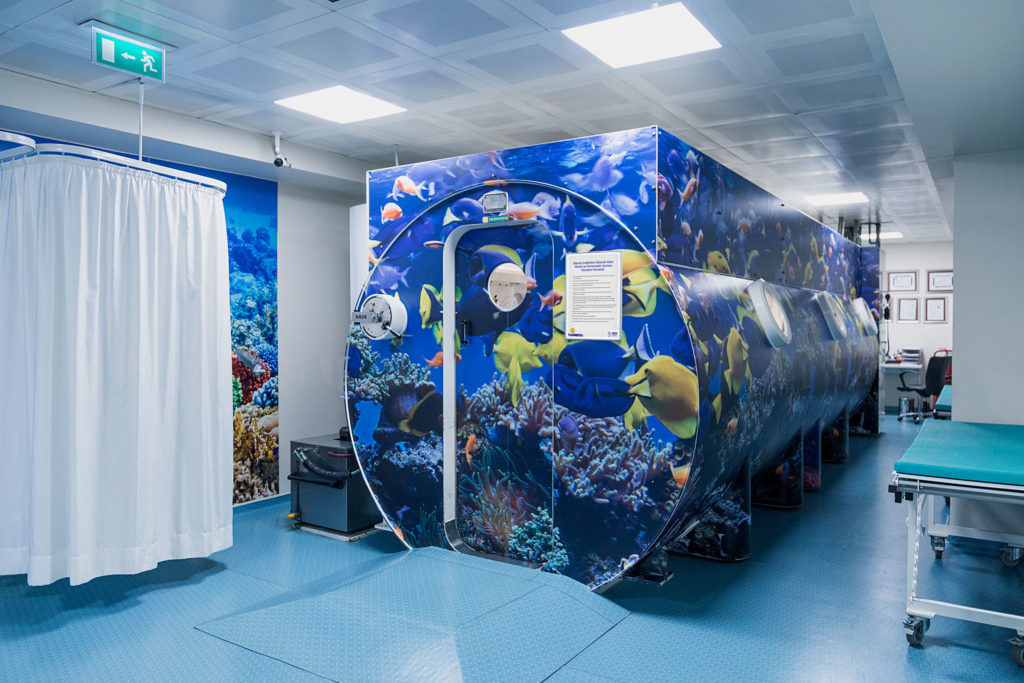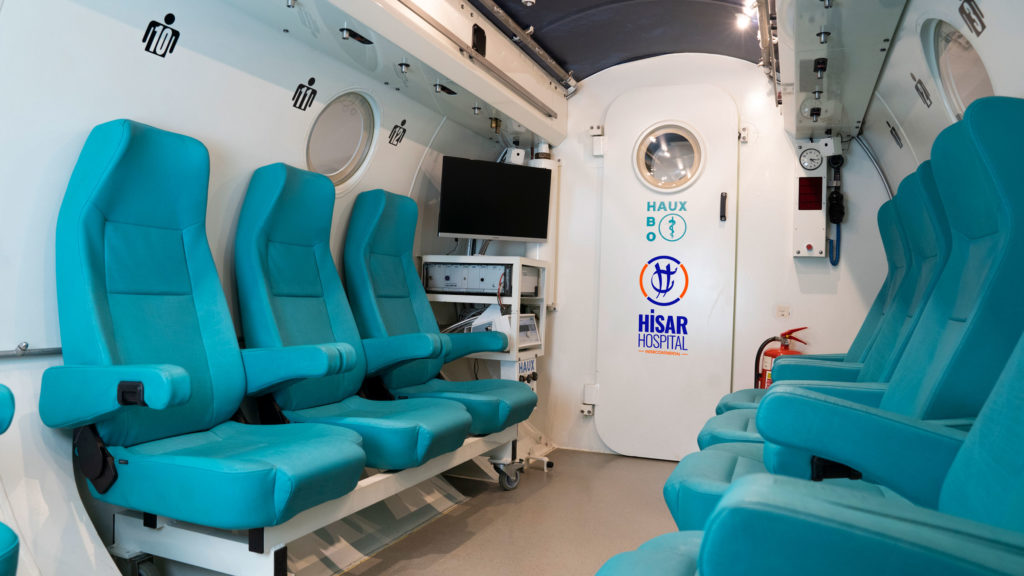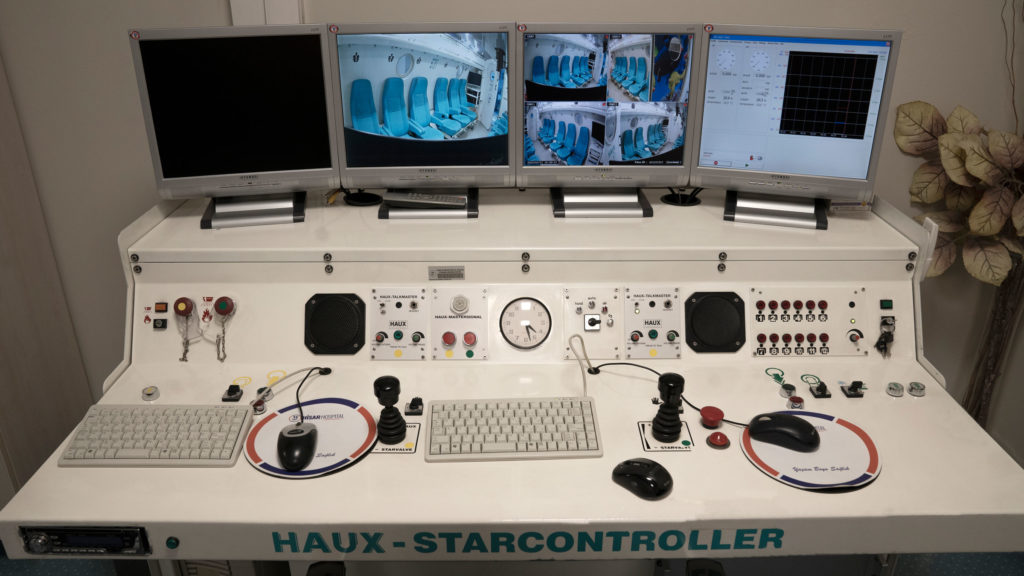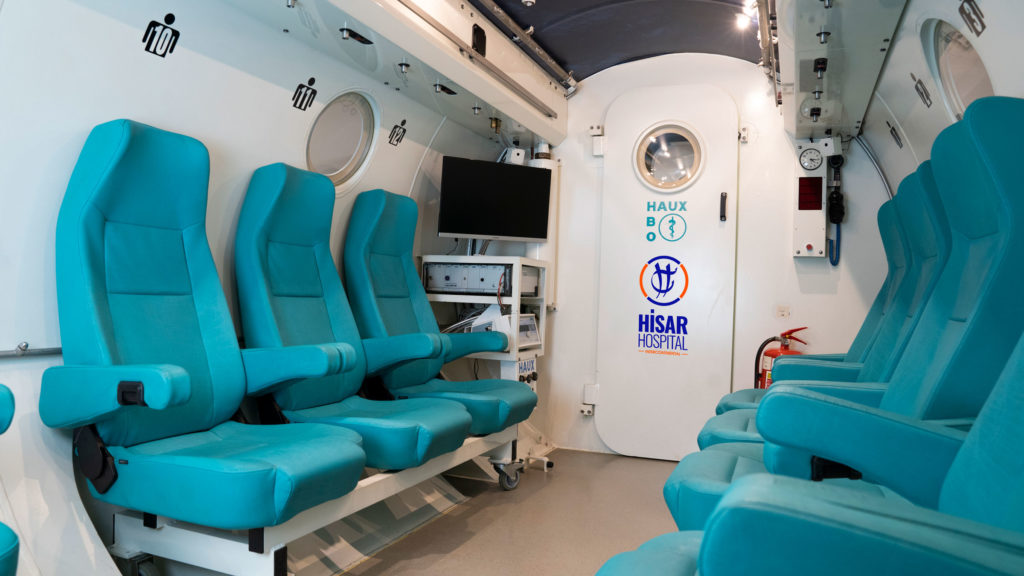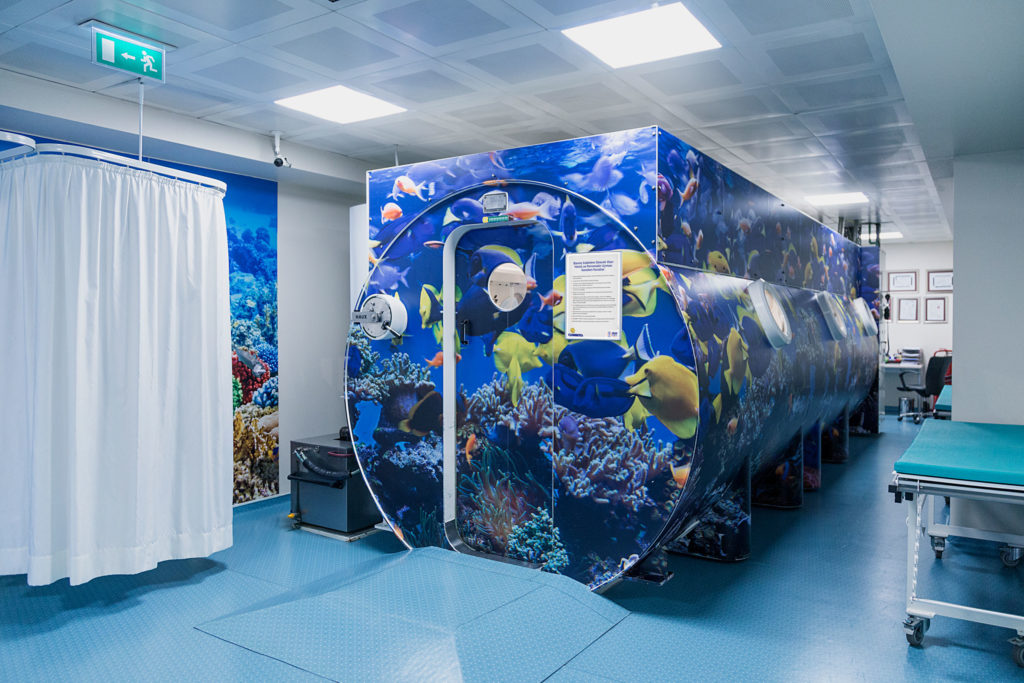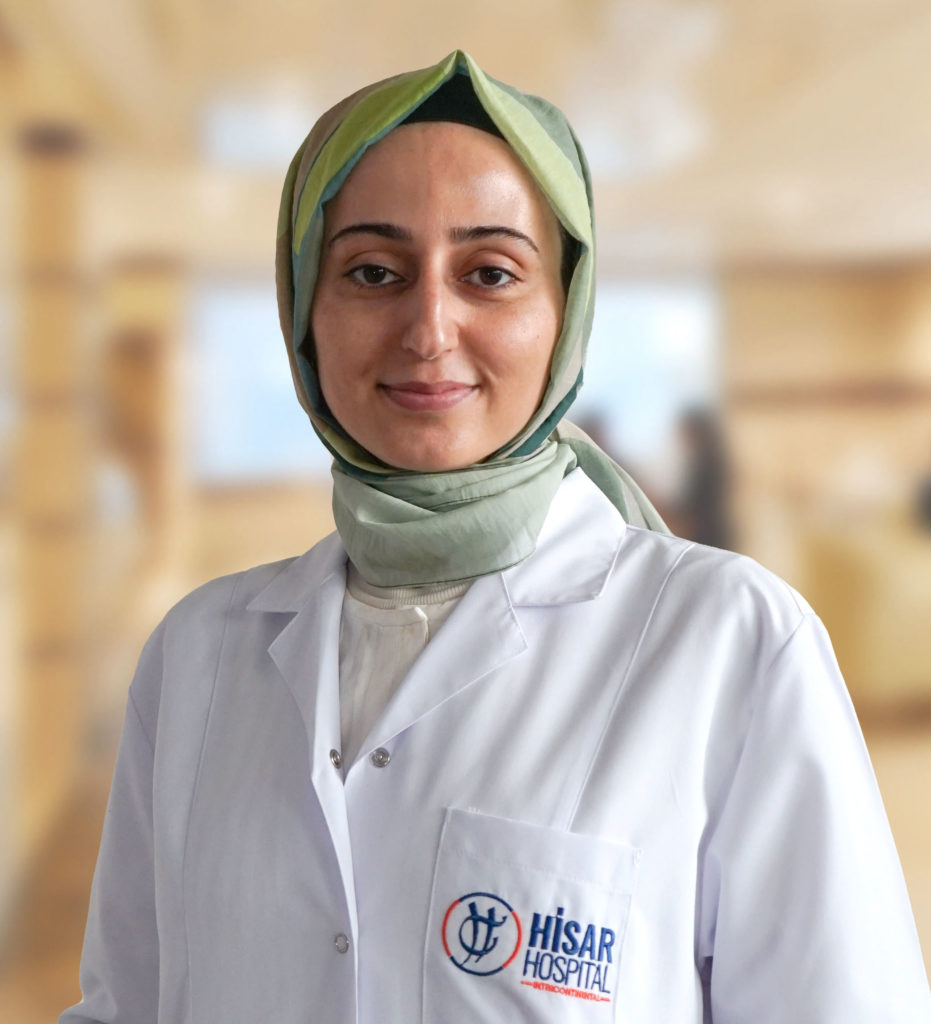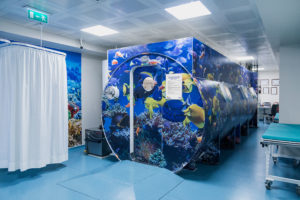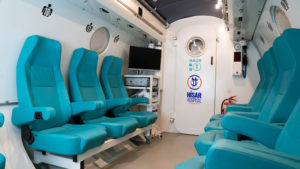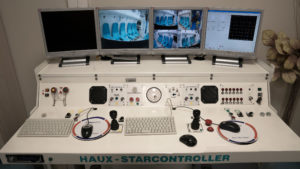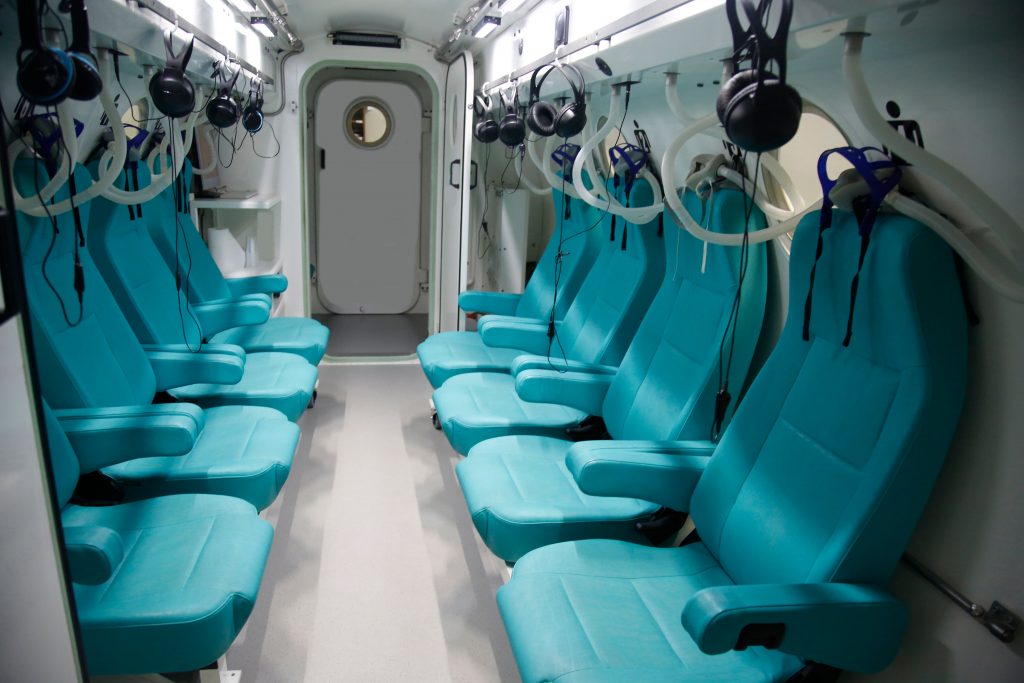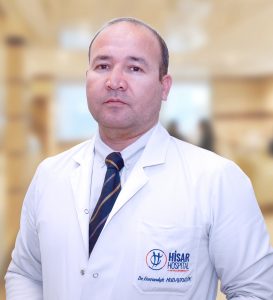About Us
HBOT system in our hospital is equipped with superior safety supplies in compliance with international standards that have been accepted in the U.S.A. and Europe and thus, our patients receive the therapy comfortably in the pressurized room.
As the system is available in the hospital environment, anesthesia and critical care teams can make any intervention immediately in case of an emergency.
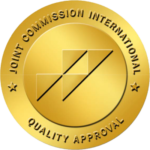
JOINT COMMISSION
Our hospital that has the JCI accreditation certificate based on its compliance to internationally acknowledge standards is regarded among renowned healthcare organizations of the world.
LET US CALL YOU
What is hyperbaric oxygen therapy?
Hyperbaric oxygen therapy involves breathing 100 percent oxygen while pressurizing the body to a pressure 2-3 times higher than atmospheric pressure at sea level in a pressurized room (1 ATA=760 mmHg pressure). In this way, the amount of oxygen in the blood and tissues can be increased by 20 folds depending on the pressure of the chamber.
Which Diseases Are Managed with HBO Therapy?
Diabetic wounds
delayed wound healing
Excessive blood loss
Sudden hearing loss
Sudden vision loss
Gas gangrene
Lack of oxygen in the tissue as a result of crush innjuries
Persistent or recent onset bone inflammation
Heat induced burn
Necrotizing soft tissue infections
Radiation-induced tissue damages
Suspicious skin grafts
Brain abscess
Partial brain damage secondary to lack of oxygen
Carbon monoxide poisoning from heater
Carbon monoxide, Cyanide poisoning, Acute inhalation of smoke• Decompression sickness
Vascular occlusion secondary to air or gases
About Our System
- Our system is equipped with superior safety supplies in compliance with international standards that have been accepted in the U.S.A. and Europe.
- In the pressurized room, our patients can use electronic media like watching movie and listening to music.
- Our patients are provided with the therapy in a comfortable environment in the pressurized room.
- In the pressurized room, maximum 12 patients can be treated at once.
- Maximum 2 inpatients can be admitted with a stretcher at once.
- All clinical particulars are stored in the Center’s Information System.
- All patients in front and main sections are followed up with closed circuit television monitoring system and images are recorded in computers.
- As the system is available in the hospital environment, anesthesia and critical care teams can make any intervention immediately in case of an emergency.
- For patients who are under HBOT, existing conditions are evaluated with a multidisciplinary approach in our hospital.
OUR DOCTORS
PHOTO GALLERY
Your health is of paramount importance…
Questions About HBOT
Pressurized rooms include chambers that are generally made of steel and pressurized using air. After the patient enters the chamber and sits in the chair, pressure increase, called diving stage, is started. When the desired amount of oxygen is reached, the patient breathes 100 percent oxygen through oxygen distribution system using a mask.
In HBO therapy, most of the patients breathe oxygen under a pressure that is 2-2.5 times higher than the atmospheric pressure (10-15 meters below sea level).
Pressurized rooms include porthole like windows and cameras attached to these windows. In pressurized rooms, comfortable seats and stretchers are available to provide the therapy easily in all circumstances.
Chambers used in our country are 10 to 16 person chambers that include fully automatic control systems.
Single person chambers can also be used for the therapy.
The pressurized chamber we use in the hospital is 12-person Haux- Starmed Brand chamber made in Germany and it has fully automatic control system. In the pressurized chamber, two 27 inch monitors are available and thus, our patients can watch movies comfortably during the therapy. Air conditioning system of the chamber allows our patients to receive the therapy at an optimal temperature.
For our patients, there are many advantages of hyperbaric oxygen therapy given in the hospital environment. First, anesthesia and critical care teams can make any intervention immediately in case of an emergency. For patients who are under HBOT, existing conditions are evaluated with a multidisciplinary approach in our hospital.
During the first minutes of the therapy, called “diving” stage, in which the chamber is pressurized, the patients feel the pressure in their ears, just like the pressure changes experienced on a plane during take off or similar to driving down a mountain road. While the pressure is increased, the patients perform any pressure equalization method such as swallowing or valsalva maneuver (the patients are instructed on these methods before the diving stage). Patients with claustrophobia cannot be included in the therapy.
One session of HBOT lasts generally 1.5 to 2 hours, although it varies from patient to patient. Most of the patients receive one session a day. However, in certain emergencies, more than one session of the therapy can be given a day. Total number of sessions in chronic diseases is between 30 and 60 in average, although it varies from disease to disease.
The most common side effect is the effect of the pressure change in the ear cavity. This is not a serious issue and it can be prevented through pressure equalization methods. Other side effects are rare including pulmonary barotrauma, oxygen toxicity (lungs and brain), claustrophobia (fear of enclosed spaces) and transient myopia. To prevent side effects, every patient should be examined by a hyperbaric medicine specialist before the therapy. The specialist can take necessary measures in the light of findings identified.
Hyperbaric oxygen therapies mechanism of action is based on two effects.
The first one is mechanical effect resulting from high pressure applied during the procedure. This effect mostly helps decompression sickness caused by diving accidents.
The second effect is increased oxygen partial pressure in tissues because of the inhalation of 100 percent pure oxygen in the high pressure environment and it emerges with certain characteristics that cannot be obtained by breathing oxygen at normal air pressure; this effect mostly helps delayed wound healing.
In the pressurized room where HBO therapy is given, air pressure is increased (2 to 3 times higher than the normal pressure). Solubility of pure oxygen inhaled under these conditions increases and the amount of oxygen may increase by 20 folds depending on the amount of pressure applied. The blood carries this oxygen to the whole body. This helps growth factors and stem cells release, which fight with bacteria and make contribution to recovery.
It is possible to say that the patients feel relatively refreshed since existing disease are managed. Also, recent scientific studies indicate that HBO therapy improves cognitive functions and telomere -found at the ends of each of DNA strand and protects chromosomes and one of fundamental factors in the aging process- is lengthened by >20% after HBOT.
Although these studies suggest that living a healthy life is possible with HBOT, researches are still maintained.
Before entering the chamber, personal belongings that may be affected by pressure and flammable materials (watch, lighter, pen, mobile phone, electronic devices, perfume, cold cream etc) should be removed. It is recommended to wear comfortable and cotton clothes before attending the therapy. The patient should inform the specialist about all information regarding medical history before the therapy.
Although the duration of the therapy can be determined depending on patient status and type of disease, more than one patient can be treated together in multiperson chambers. Doors of the pressurized room are locked with the effect of the pressure and do not open unless the pressure decreases. Thus, the patients receive the therapy in the predetermined time period and cannot leave. Nonetheless, it is possible to take the patient out the chamber without pausing the therapy in case of an emergency or a problematic condition.
